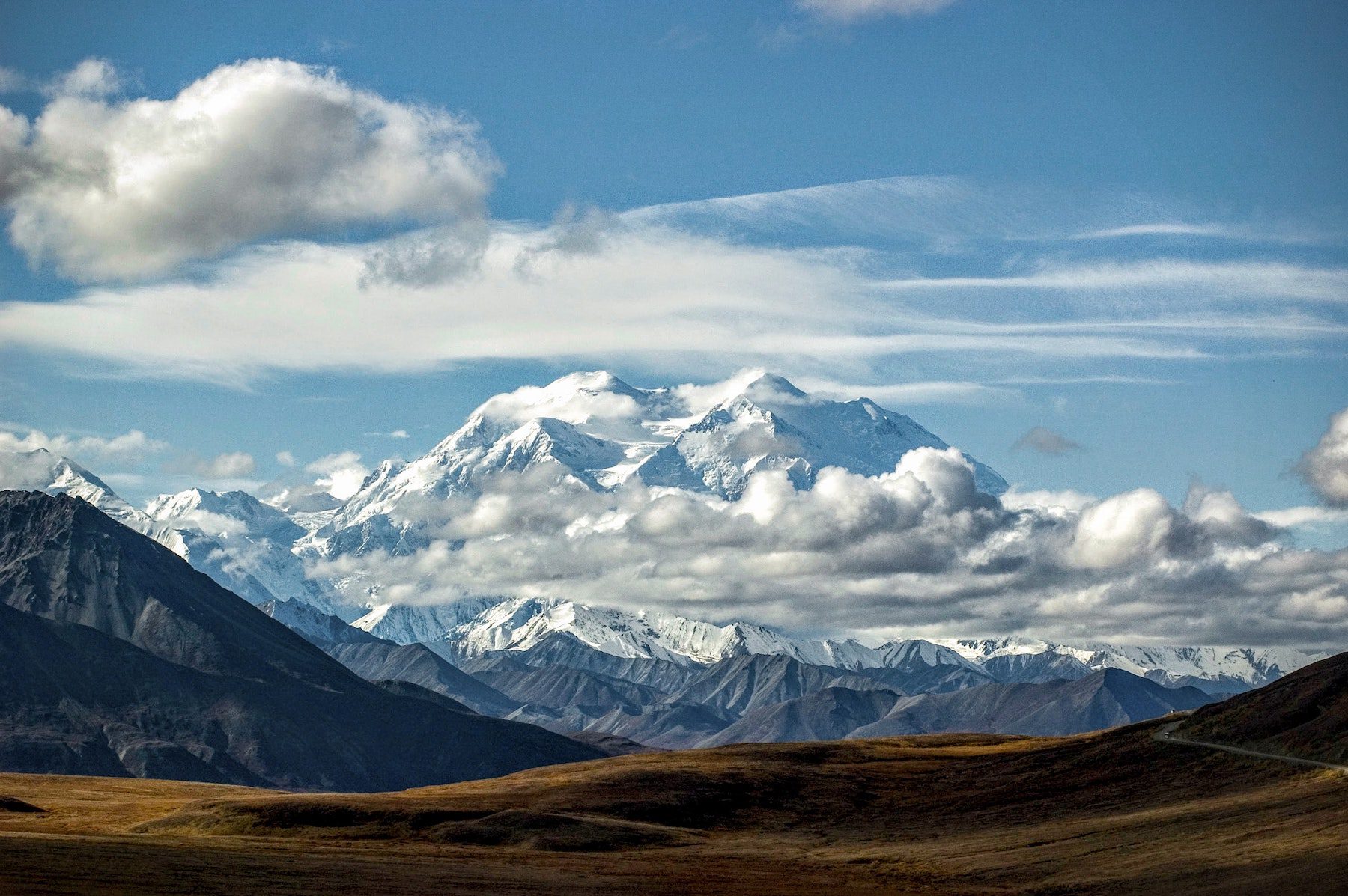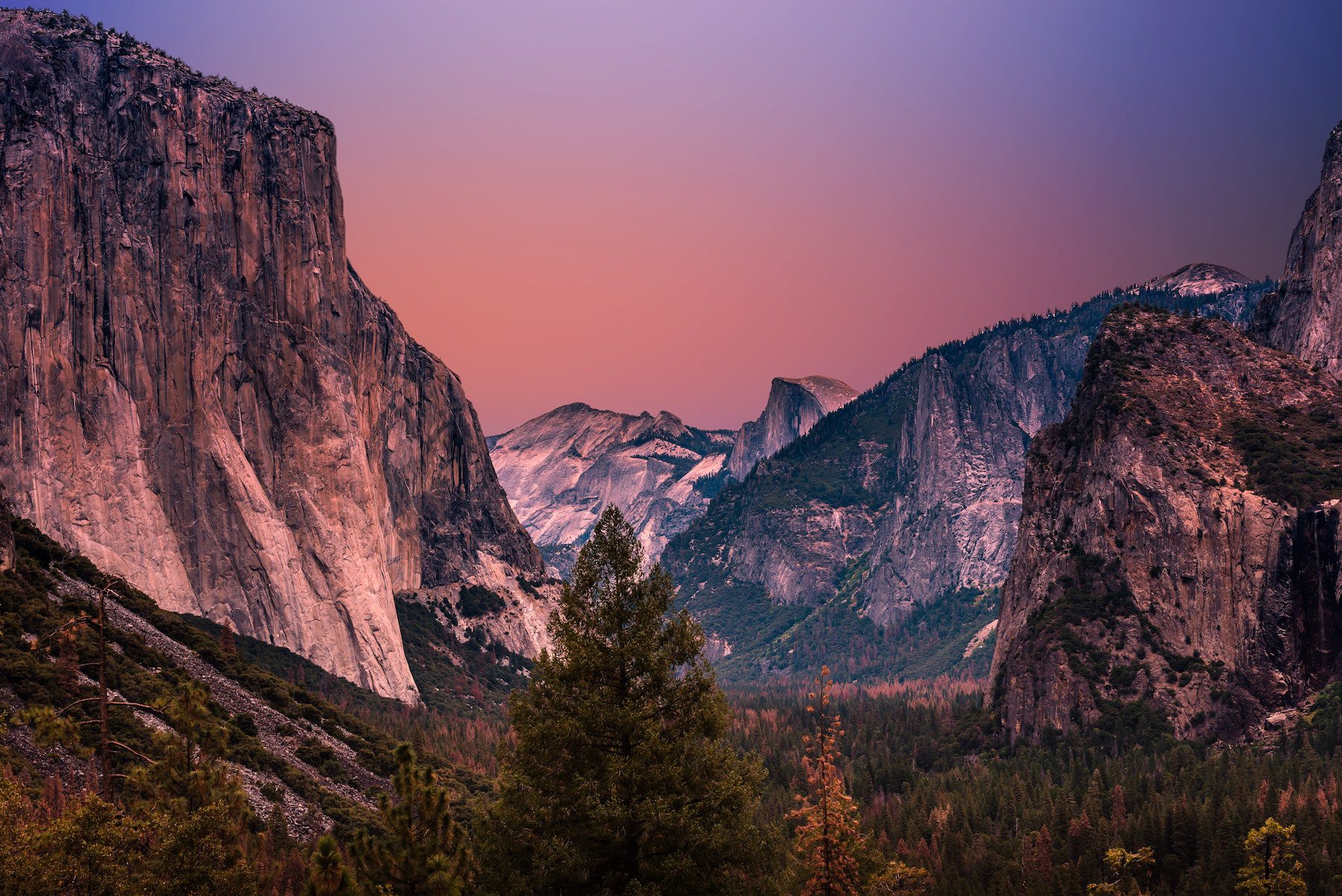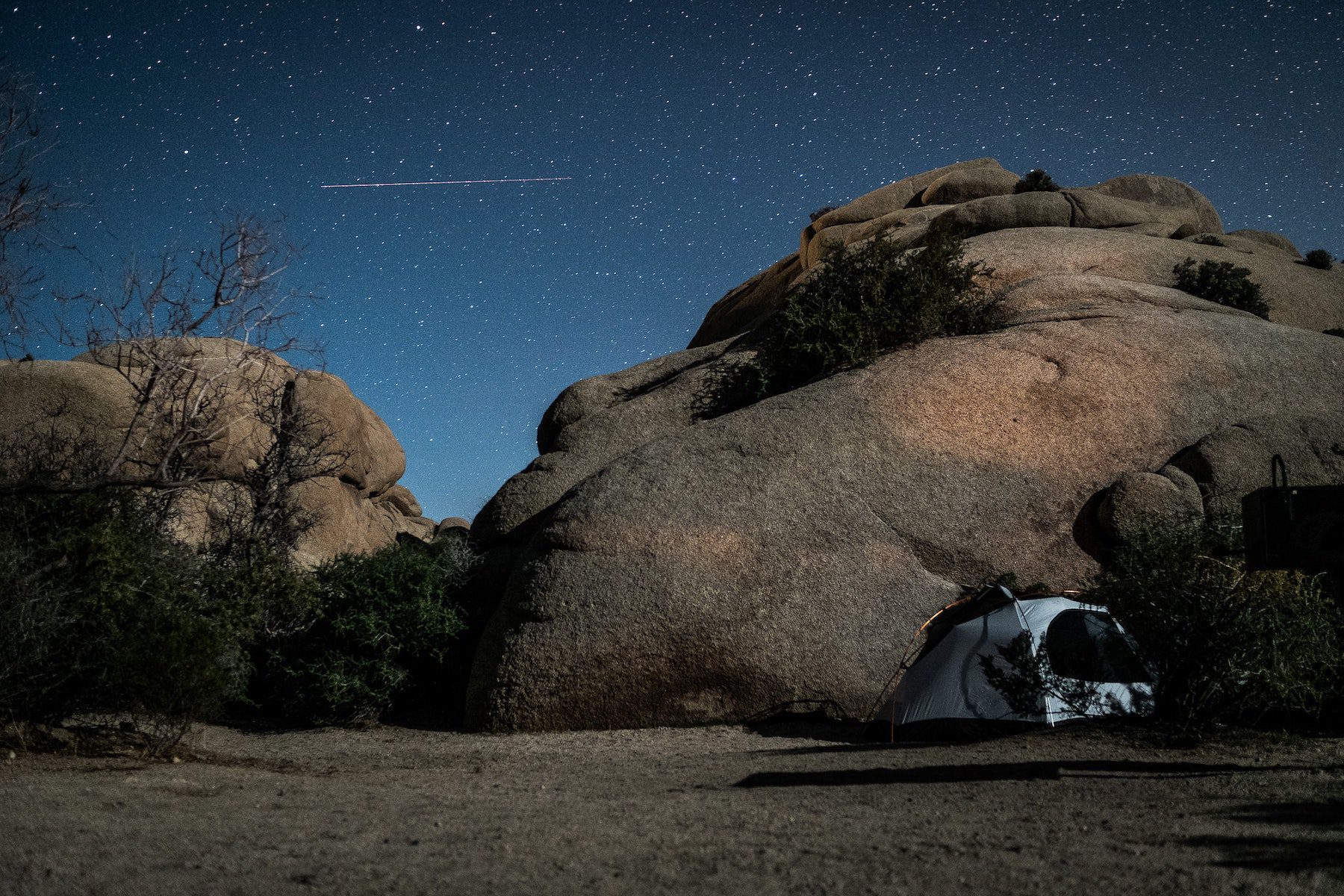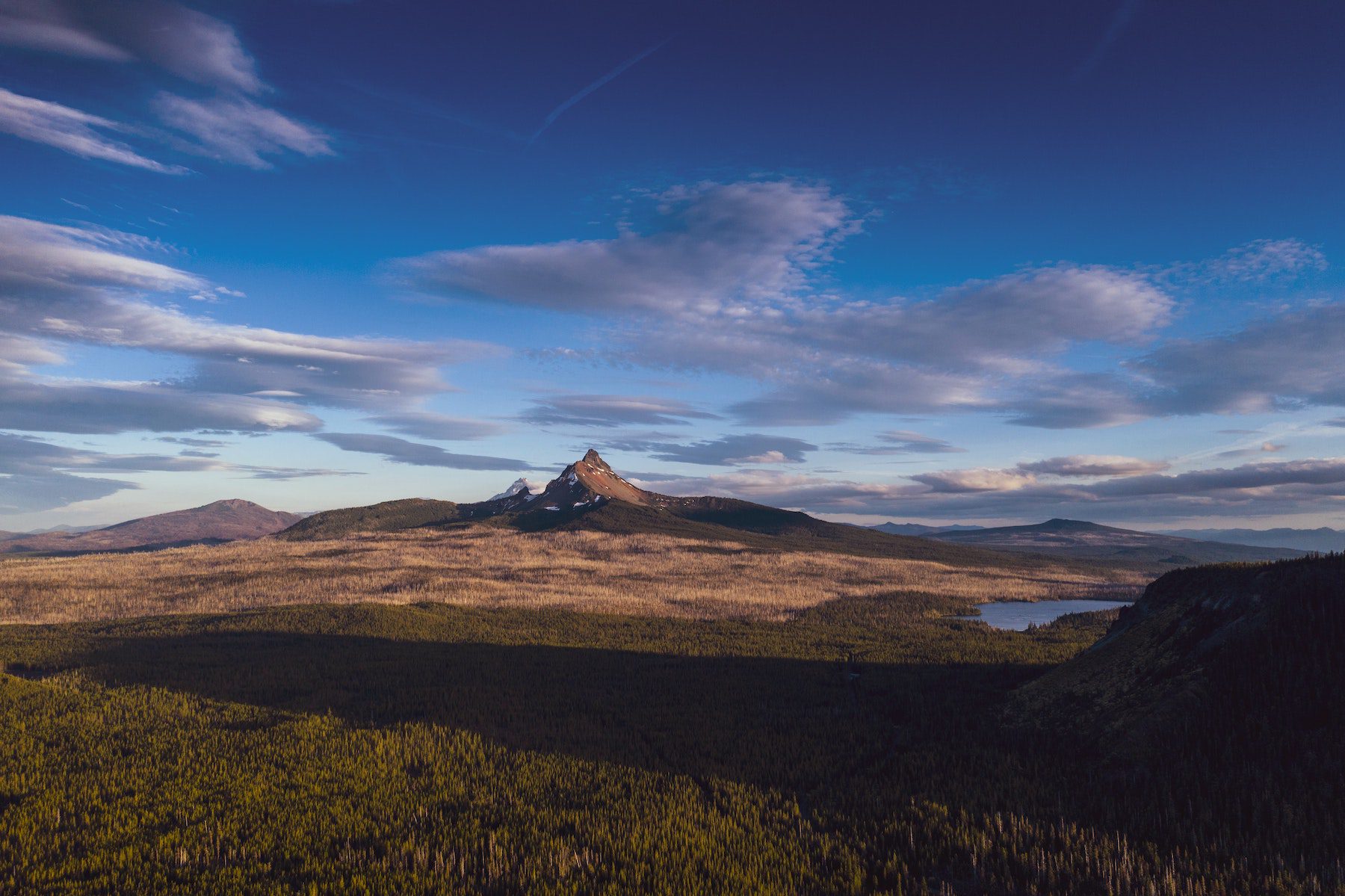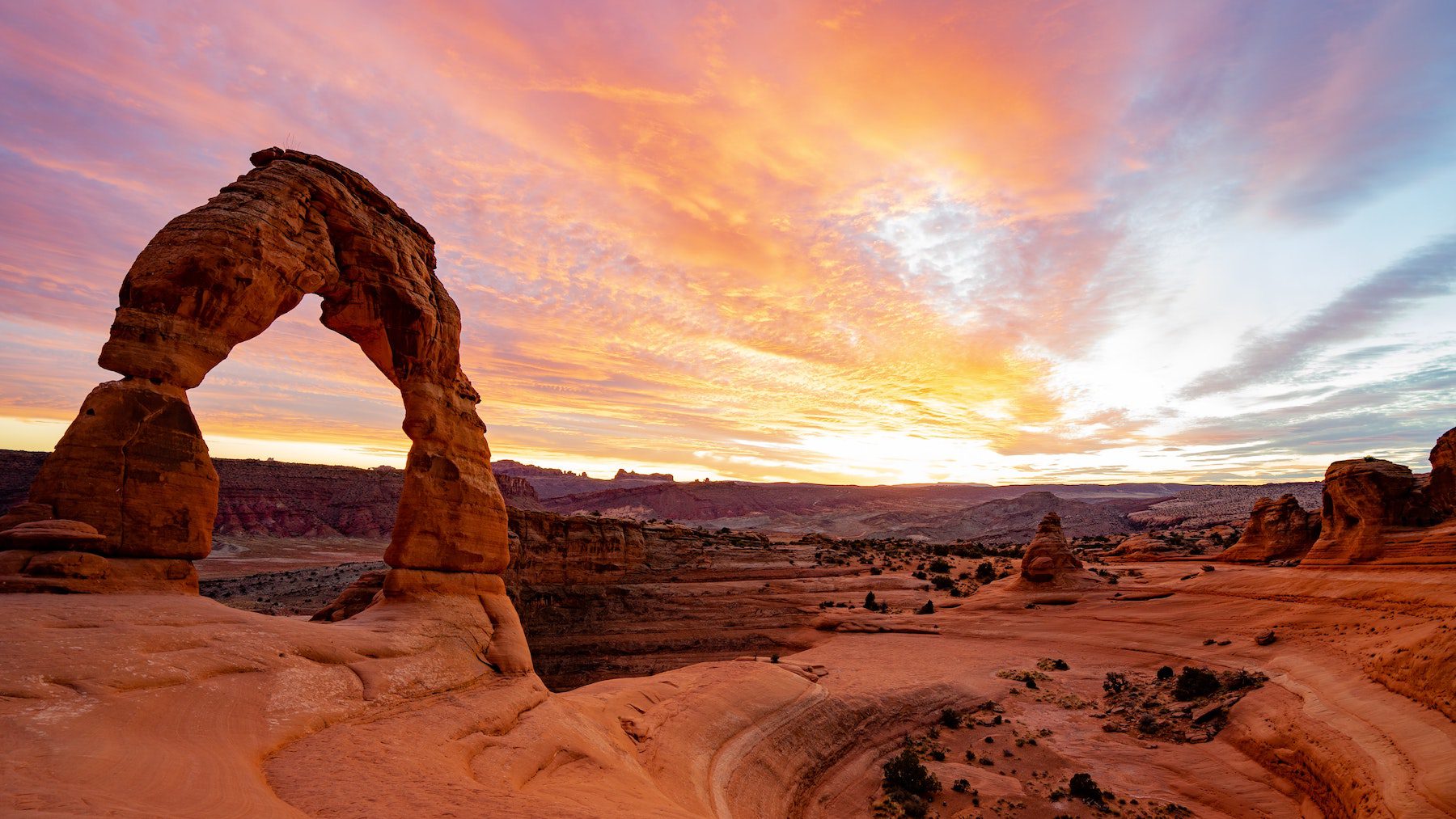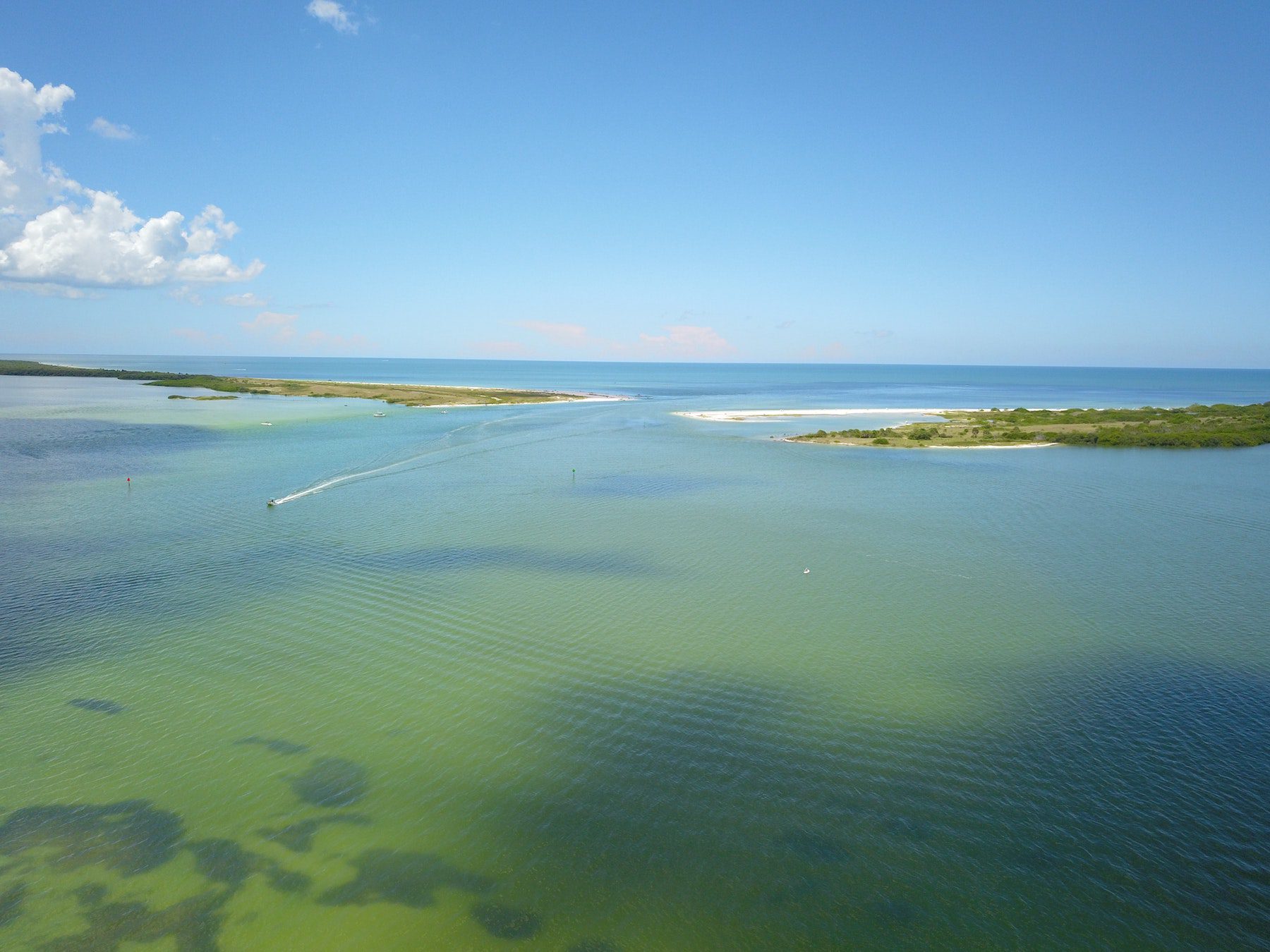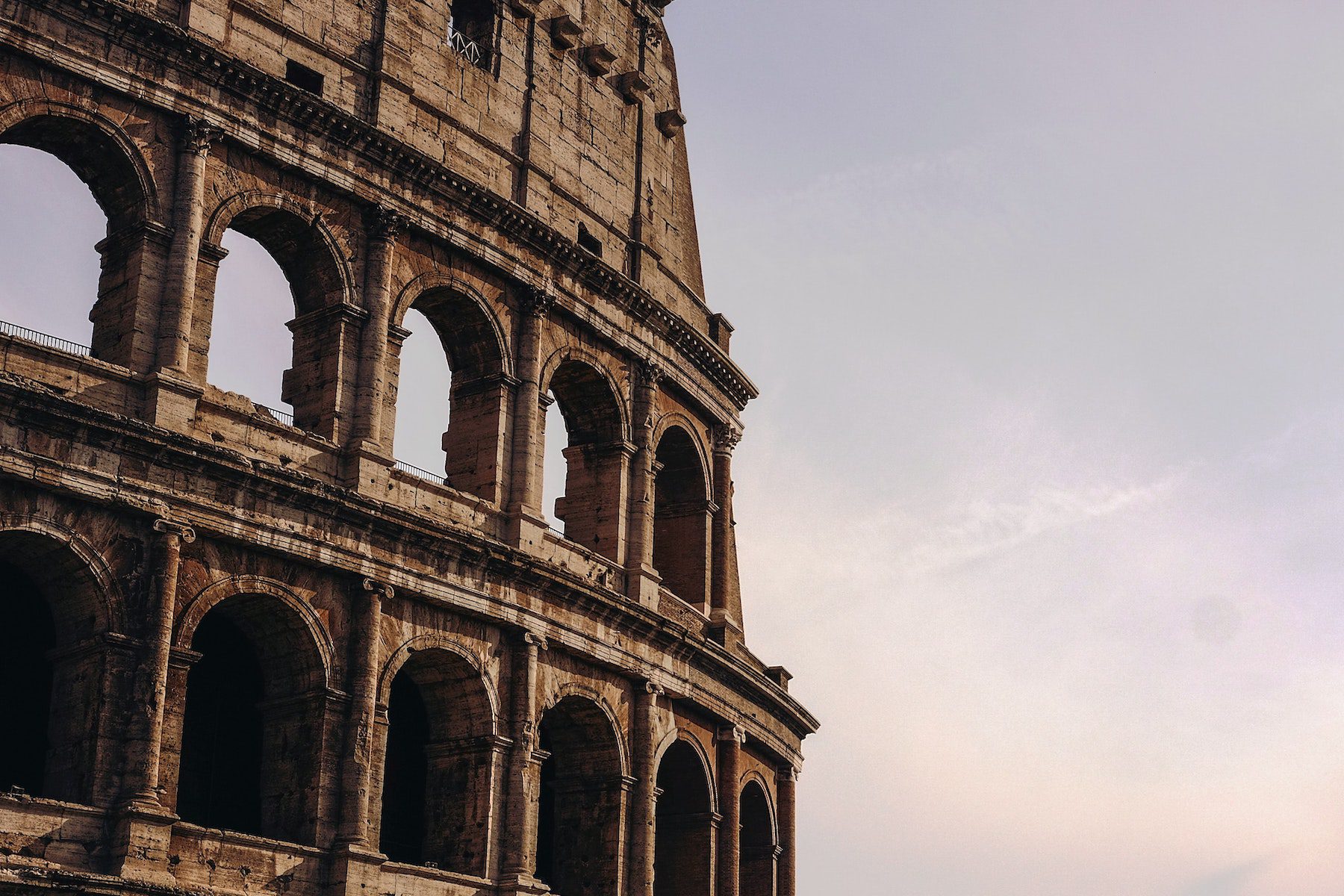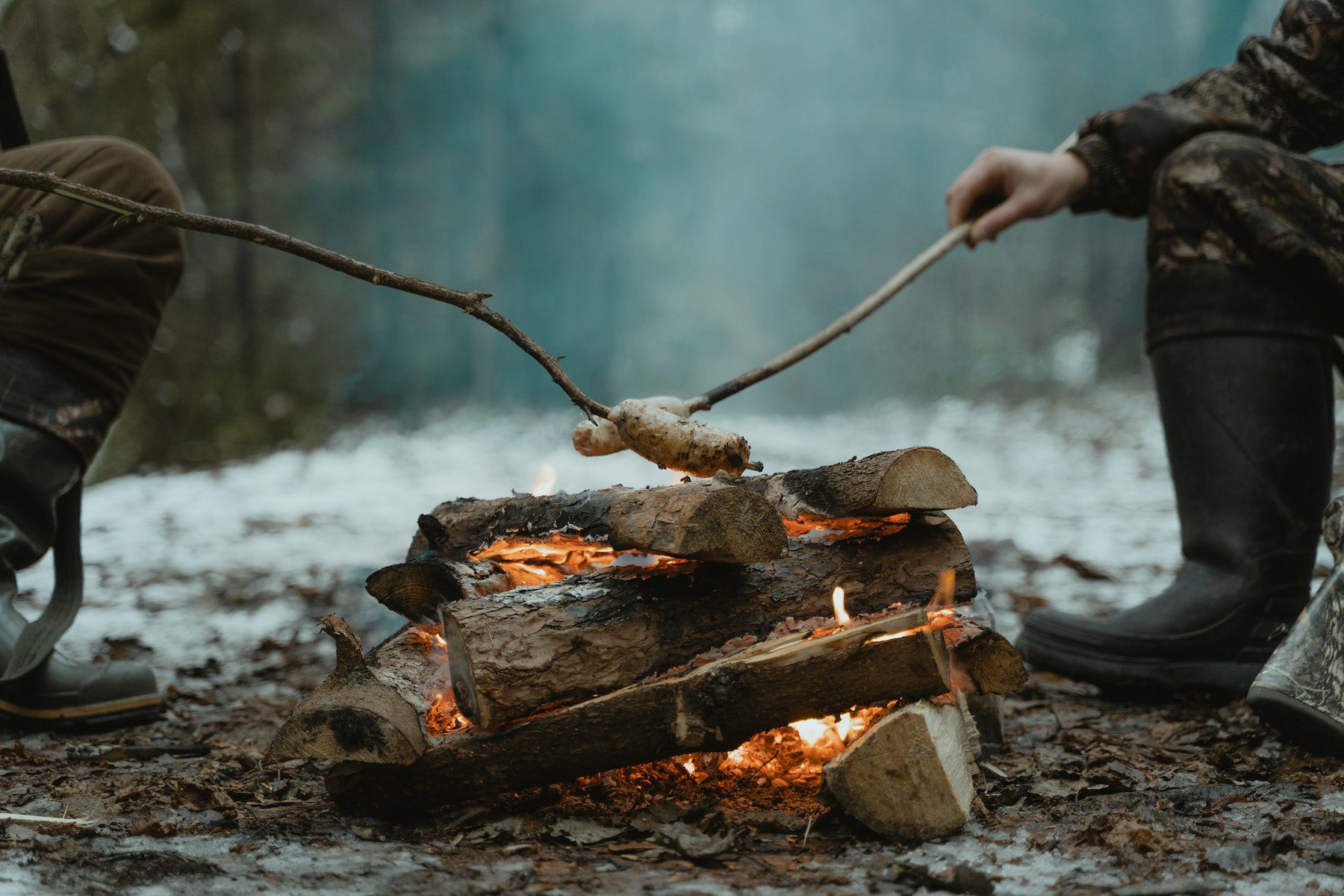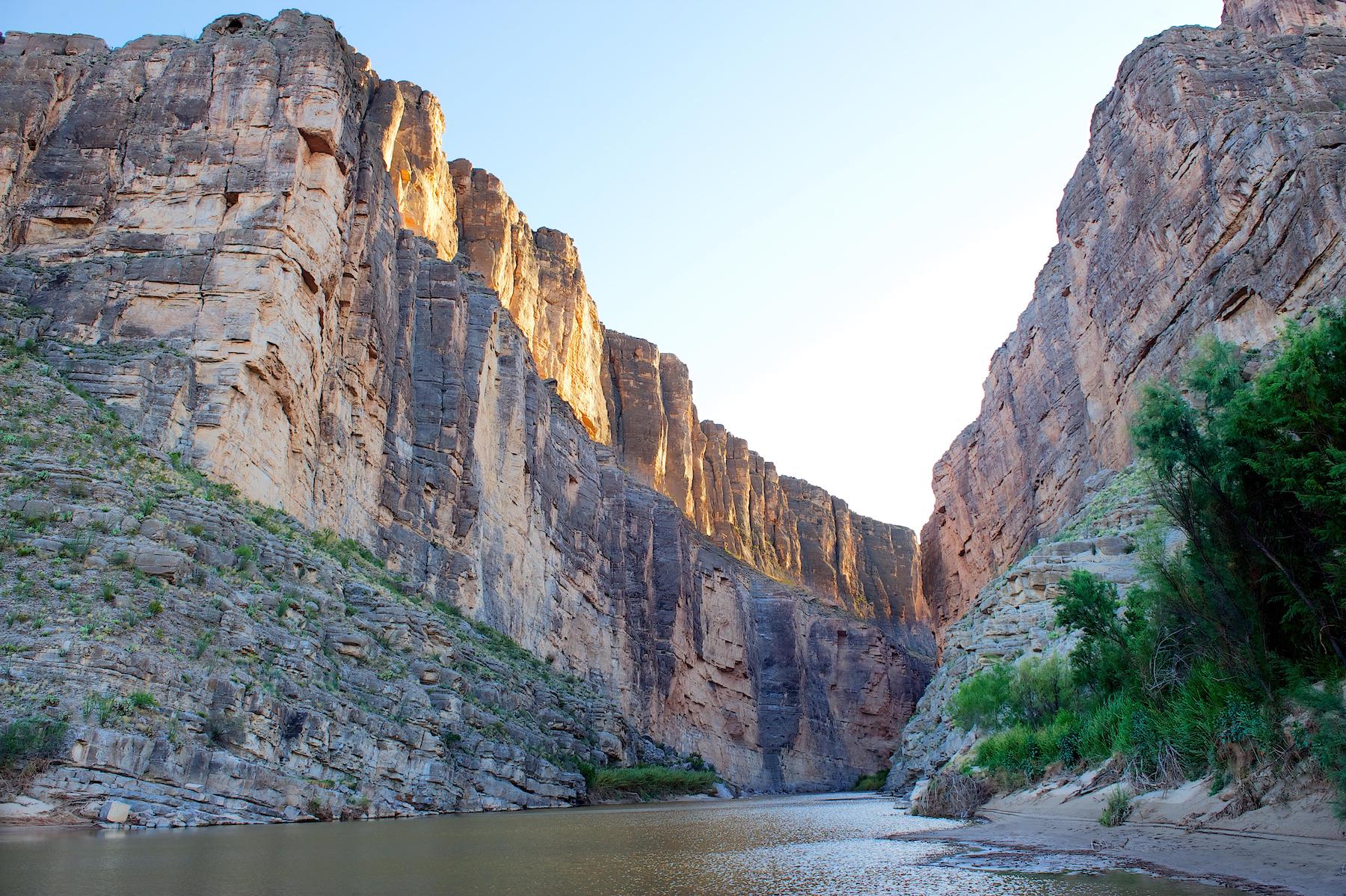Isolated in more ways than one, Alaska puts its unique geographical location to excellent use with 16 national wildlife refuges, as well as 17 parks, 8 of which are NPS-designated national parks.
All of these showcase the state’s undeveloped wilderness and preserve it beautifully, making Alaska an outdoor paradise unmatched in North America.
Since it’s not exactly realistic to visit every worthy site in one trip—tempting as it may be—here are the five best national parks in Alaska, so you can get as much out of your next trip to the last frontier as possible.
- Wrangell-St. Elias National Park
- Denali National Park
- Katmai National Park
- Glacier Bay National Park
- Gates of the Arctic National Park
Wrangell-St. Elias National Park

Nearest City: Cooper Center, Alaska
Wrangell-St. Elias National Park is the largest in the United States. In total, it exceeds the acreage of Switzerland, Yellowstone National Park, and Yosemite National Park combined.
The premier attraction of the park is Mount St. Elias, which stands at a staggering height of over 18,000 feet.
However, the park also contains a variety of opportunities for visitors to experience the great outdoors of Alaska.
Supporting a diverse set of hiking trails, backcountry campsites, roaring rivers, and historic mining sites, Wrangell-St. Elias is far from a one-and-done destination. You could camp out for years and still see but a fraction of everything this park has to offer.
The best time to visit Wrangell-St. Elias National Park is during the months of May through September, when all of the park’s facilities are open to the public. During the winter, some areas of the park close and become troubling to navigate.
Denali National Park

Nearest City: Healy, Alaska
Previously Mount McKinley National Park, Denali is home to the tallest mountain in North America. Its towering peaks provide an intense backdrop to any visit.
Additionally, varying elevation levels provide visitors a range of ecosystems to explore.
At the lowest elevation levels, Denali National supports a dense forest referred to as the taiga.
As elevation in the park increases, the landscape becomes more barren. In fact, evidence of glaciers isn’t uncommon in these areas.
Wintertime activities practiced in Denali National Park include skiing, snowmobiling, and even dog sledding.
Katmai National Park

Nearest City: King Salmon, Alaska
If you’ve heard of Katmai National Park, chances are good you also know about its large population of brown bears.
The park is located across from Kodiak Island. Besides its staggering population of brown bears, the park is best known for the Valley of Ten Thousand Smokes.
This valley was formed by the 1912 eruptions of Novarupta and Mount Katmai, and still features plenty of volcanic ash as a result.
In total, Katmai National Park covers around four million acres, which places it in between New Jersey and Connecticut in terms of size.
A large portion of Katmai’s recreation opportunities center around wildlife viewing. If you make the trip to Katmai National Park, you’ll definitely want to visit the Brooks Falls viewing platform. There, you can observe brown bears catching sockeye salmon from the falls.
Additionally, various coastal areas of the park—including Hallo Bay—normally host impressive gatherings of brown bears year-round.
Glacier Bay National Park

Nearest City: Juneau, Alaska
Located in an even more isolated area of southeastern Alaska, Glacier Bay National Park receives the majority of its visitation by cruise ship.
Through a partnership with the National Park Service, these cruise ships are normally the site of several interpretive programs once docked in Glacier Bay.
Park accommodations include the Glacier Bay Lodge. What’s more, trails throughout the park prove ideal for hiking, mountaineering, kayaking, and birdwatching.
Glacier Bay National Park provides undisturbed habitats to a variety of wildlife species, including a diverse array of birds, wolves, wolverines, and various other mammals.
Gates of the Arctic National Park

Nearest City: Beetles, Alaska
Gates of the Arctic National Park is the northernmost park in the United States.
Seated above the Arctic Circle, Gates is famous for its protection of the Brooks Mountain Range.
While the national park is the second largest national park in the country, visitation here is normally quite low compared to other parks, due to its location.
However, the few visitors who do make the journey to Gates of the Arctic National Park are in for an unforgettable experience. Recreation in Gates includes hiking, backcountry camping, mountaineering, fishing, and hunting.
The best time to visit the national park is during the summer. Travel is easier, since there are no established roads that travel through Gates of the Arctic National Park.
An Unspoiled Paradise

In the outdoor world, Alaska has an impressive reputation stemming from the state’s commitment to preserve its unique landscape, as well as numerous wilderness habitats.
At times, Alaska can seem a bit daunting to explore as a tourist, due to its sheer size. Travelers might fare better using Anchorage as a starting point, since it contains the state’s largest airport.
What’s more, you can plan your trip beyond the national parks of Alaska by starting in Anchorage. The city features a vibrant scene of restaurants, bars, and historic locations.
“America the beautiful” is more than just a saying – it’s truly a reality. With gorgeous acres of land running through states like, Texas, Florida, Oregon, and many others, one could spend a lifetime visiting them all. Of course, while that’s possible, you’d definitely need to be prepared with tents, backpacks, water filters, and a solid plan.

